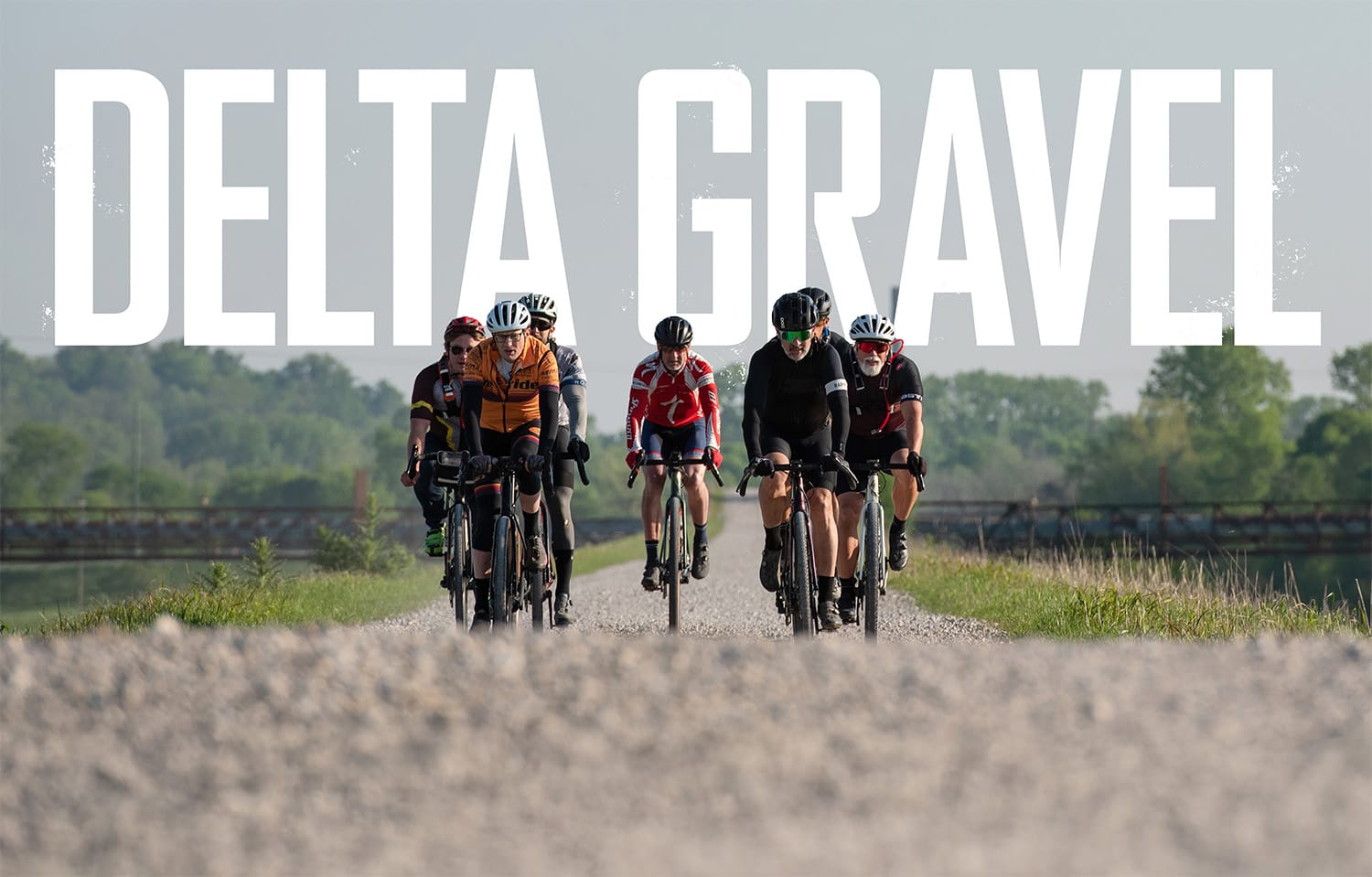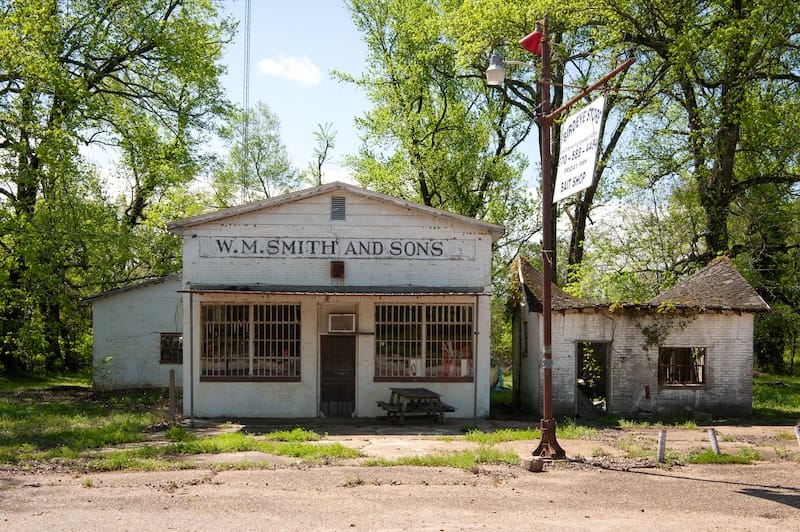
This story originally appeared in Issue No. 01 of Southlands, and like all of our stories, the experience is even better in print. Order your copy in our shop, and be sure to subscribe to receive the next two issues.
In 1980, the writer Willie Morris returned to his home in the South after a long stint in the northeast. He occasionally hosted friends from his former life, including, at one point, a historian from an Ivy League university, who went unnamed in the essay Morris wrote about the visit. The two went on a long drive across the flat expanse of floodplain along the Mississippi River, the region popularly known as “the Delta.” They passed first ice-choked creeks and stubbled cotton fields and the boarded-up storefronts in the fading town of Alligator, then the big white plantation homes, beset by tennis courts and swimming pools. “I’ve never seen such a combination of rich and poor,” the historian told Morris. “And yet it’s so beautiful.”
Such a road trip—driving the Delta, contemplating its vistas, trying to decode its contradictions—has become something of a sport, grist for scholarly work and New York Times bestsellers alike. Often, the visitors are seeking a glimpse of the nation’s uncomfortable essence. The Delta has become known as “the most southern place on earth”—a distillation of Deep South culture boiled to such concentration that the place cannot ever modernize. Through a windshield, on a highway, it can look like the region will never be anything but the oldest of the Old South.
I’ve indulged in plenty of Delta drives myself. As a 25-year-old, I took a job in the region; I knew almost nothing about its history, and little more about the South at large. I wound up sticking around for a decade and made a habit of exploring every back road. Today, the Delta is a farmland empire. Rice and soybeans and cotton stretch to every horizon; the occasional irruption of trees—typically emerging from languid water—only serves to underscore the overwhelming scale of the fields. There’s undeniable beauty, especially when the sunset sky turns golden and lilac, reflecting in the pools of rainwater that fill the turnrows. But it’s hard to miss the wreckage, too—the abandoned gas stations and empty storefronts, the peeling paint and loose siding on the humble downtown homes.
Quietly, through my years in the Delta, a sense of absence grew inside of me. The Delta may be a good place for driving, but step outside your vehicle in summertime and you get walloped by a wall of steam, an endless cloud of mosquitoes. I had grown up hiking and camping in the Northeast, but during the nine years I lived in the Delta, I never found a good way to be outside.


Like many Delta towns, Birdeye, Arkansas, is today little more than abandoned buildings and a little-trafficked crossroads.
Let me put it another way: The Delta is a landscape, sure; it’s mostly unpeopled, plant-filled, and undeniably geological, at least to the extent that dirt can be considered geology. This is a kingdom of dirt.
Indeed, what we call “Delta” is more accurately described as the alluvial valley of the Mississippi River—an expanse of soils built by the river during its floods. The valley spans in total 24 million acres across seven states, from Illinois south, and is, literally, a distillation of the nation. The dirt has been ripped from the landscapes upstream then dumped out here. It’s a fertile terrain, where the soils are, as Morris put it in his essay, “prized over all.” He figured it would be “the last place on earth to be paved over.”
But none of that makes the Delta feel like nature. So many streams I crossed on my backroad drives had been straightened by engineers; most were clasped in levees. The vegetation was not the mad tangle of a wild ecosystem, but a perfect gridded quilt of singular row-crop species. The Delta is a monument to human control. After I left the Delta and began to wander the wider South—as I began to conceive of this magazine—the region’s reputation stuck with me. The Delta has, rightly or wrongly, been held up as an emblem of the South at large. What does it mean that this “most southern” place contains so little that we might mistake for wild?
This post is for subscribers only
Subscribe now and have access to all our stories, enjoy exclusive content and stay up to date with constant updates.
This is not a paywall
You can read this story for free, once you sign in.



